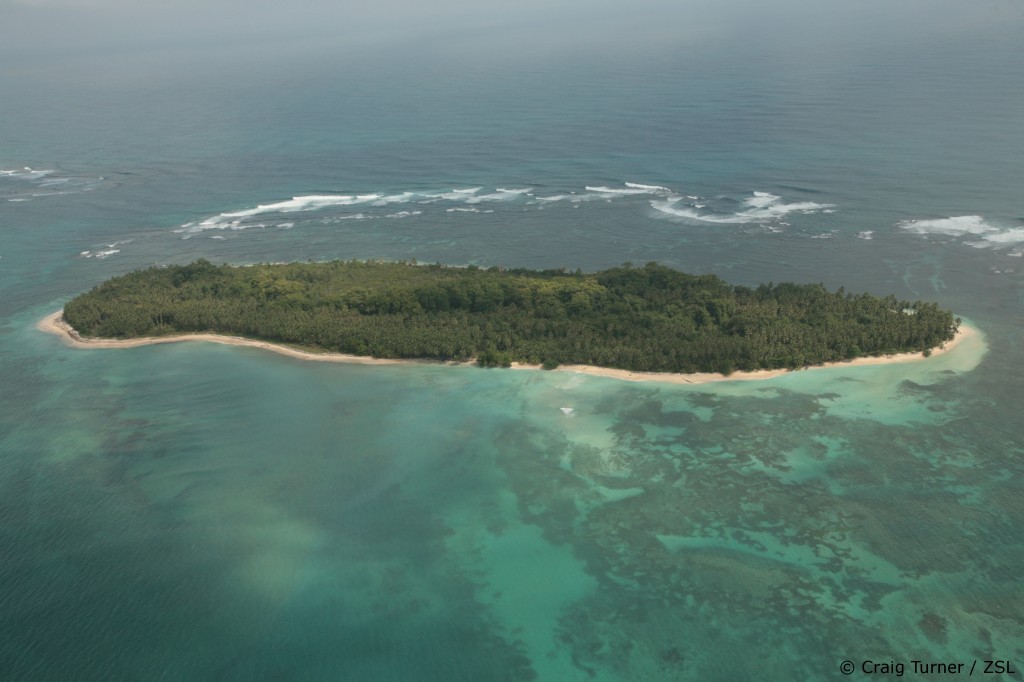EDGE Fellow Diorene isn’t afraid to wade up to her chest in search of a sloth! Read her latest blog about her adventures in Panama:
My country, Panama, is small but it has a great amount of biodiversity. And I cannot imagine being out of contact with my country’s nature and wildlife.
Since I was a child I knew I wanted to become a veterinarian and that wild animals would be my patients. Once qualified, I began working with rescued wild animals and it was here that I started to understand the threats that these animals are facing.
Motivated by these experiences, my EDGE Fellowship project focuses on the little-big treasure from Escudo de Veraguas Island in Bocas del Toro, better known as the pygmy three-toed sloth. It is an endemic, Critically Endangered species that is has only recently been described by science and my project focuses on gaining a better understanding of this species and increasing local support and capacity for its conservation.

It’s really important that the local community is accepting of, and involved with, my project so it was an encouraging sign when, without the information that I was a vet, a respected grandfather in the community (with an extraordinary memory of information from Escudo Island!) gave me the name of Misisi. In Ngäbere this means ‘one who heals and cares’ and I take the honour of being given this name very seriously.
My first meetings were in three communities of the Kusapin district. They gave me the opportunity to present my project, answer questions, and hear about the island and the pygmy sloth. In the beginning it was not easy; the local people are suspicious of anyone who is not Ngäbe and some of them do not speak Spanish so a translator was needed at times. But progress was made and the communities appreciated the opportunity to discuss my work.
Through conversations with the Ngäbe Buglé, I established that Escudo de Veraguas Island remains uninhabited but that fishermen and divers do seasonally visit the island to use its resources. The presence of the pygmy sloth on the island is well known and many people could tell me stories about the pygmy sloth and mark where they’d seen one on the map I’d taken with me.
Amazingly and thanks to the NGO Lighthawk, during our trip we were also able to complete the first ever aerial survey of the Island. This will really help us map the different habitats of the island (so we can work out where the sloths are likely to be) as well as give us an opportunity to assess firsthand the kind of threats that are occurring on the island. Thankfully, forest cover on the island remains largely intact. This is, of course, something that can quickly change which is why it’s important that there’s an education element to my Fellowship project.
Armed with the information collected during this first trip, I will return to the Island in the next few months and continue to work the Ngäbe Buglé to find solution to help them conserve their natural heritage.
To learn more about Diorene’s project, please visit EDGE community page.
